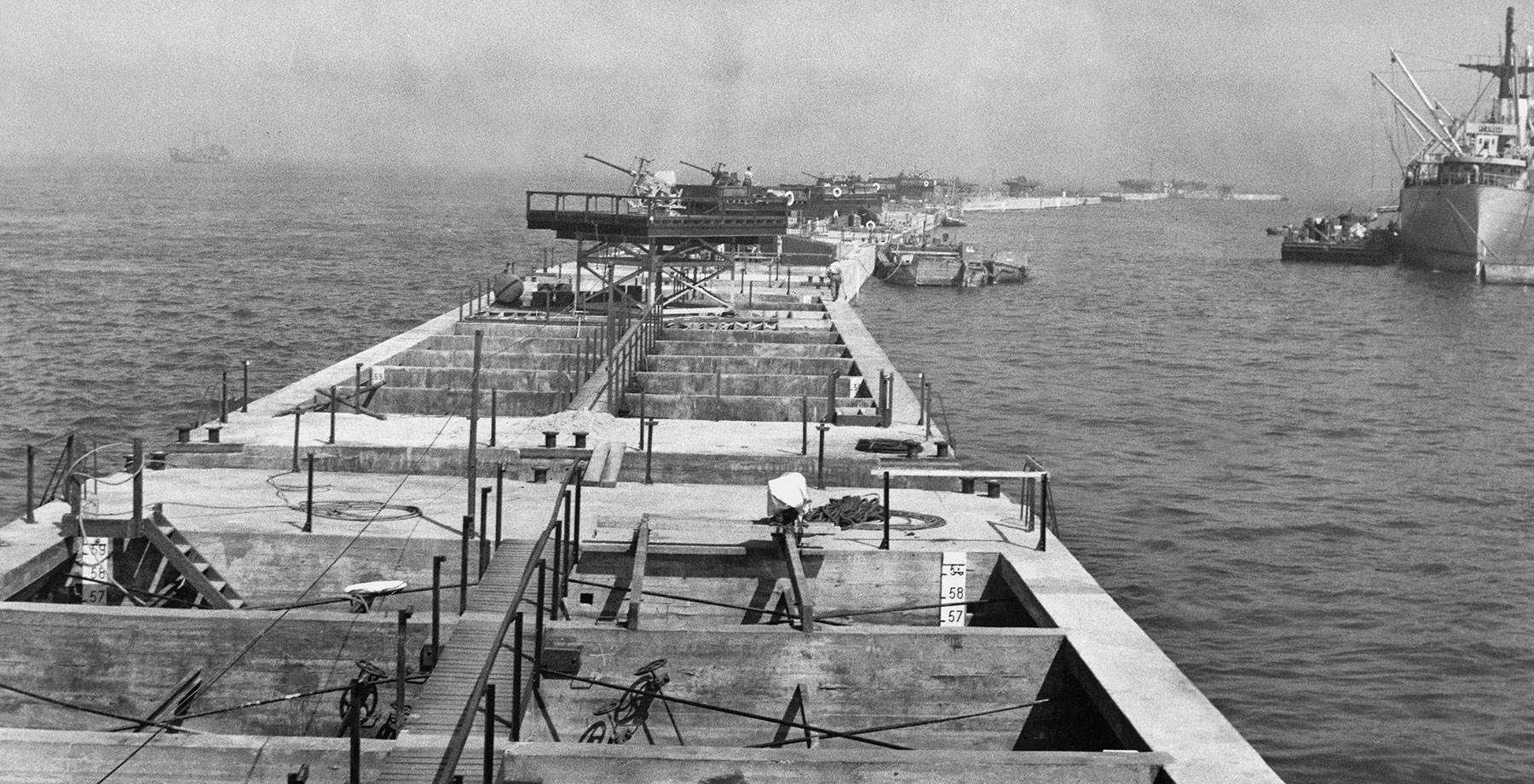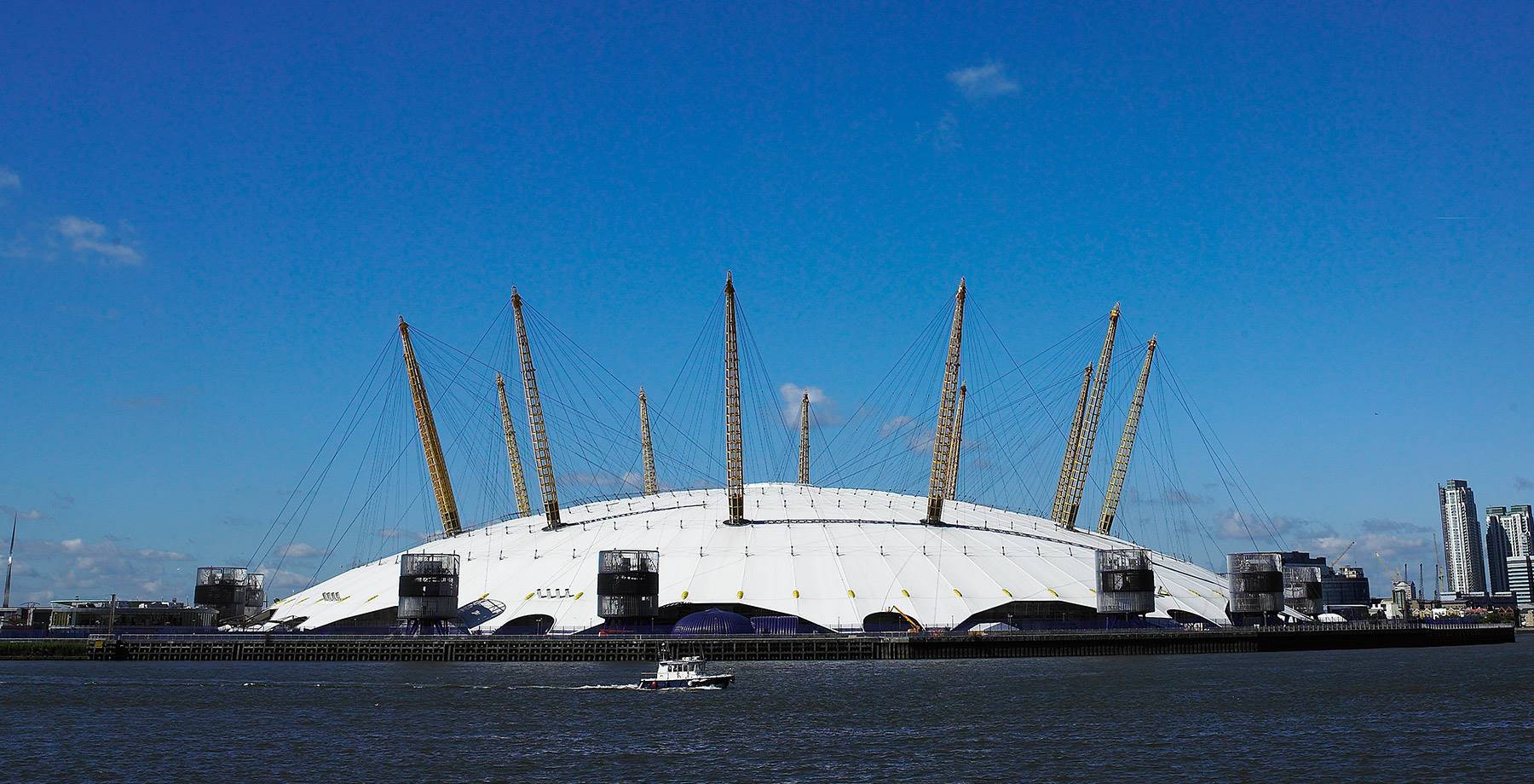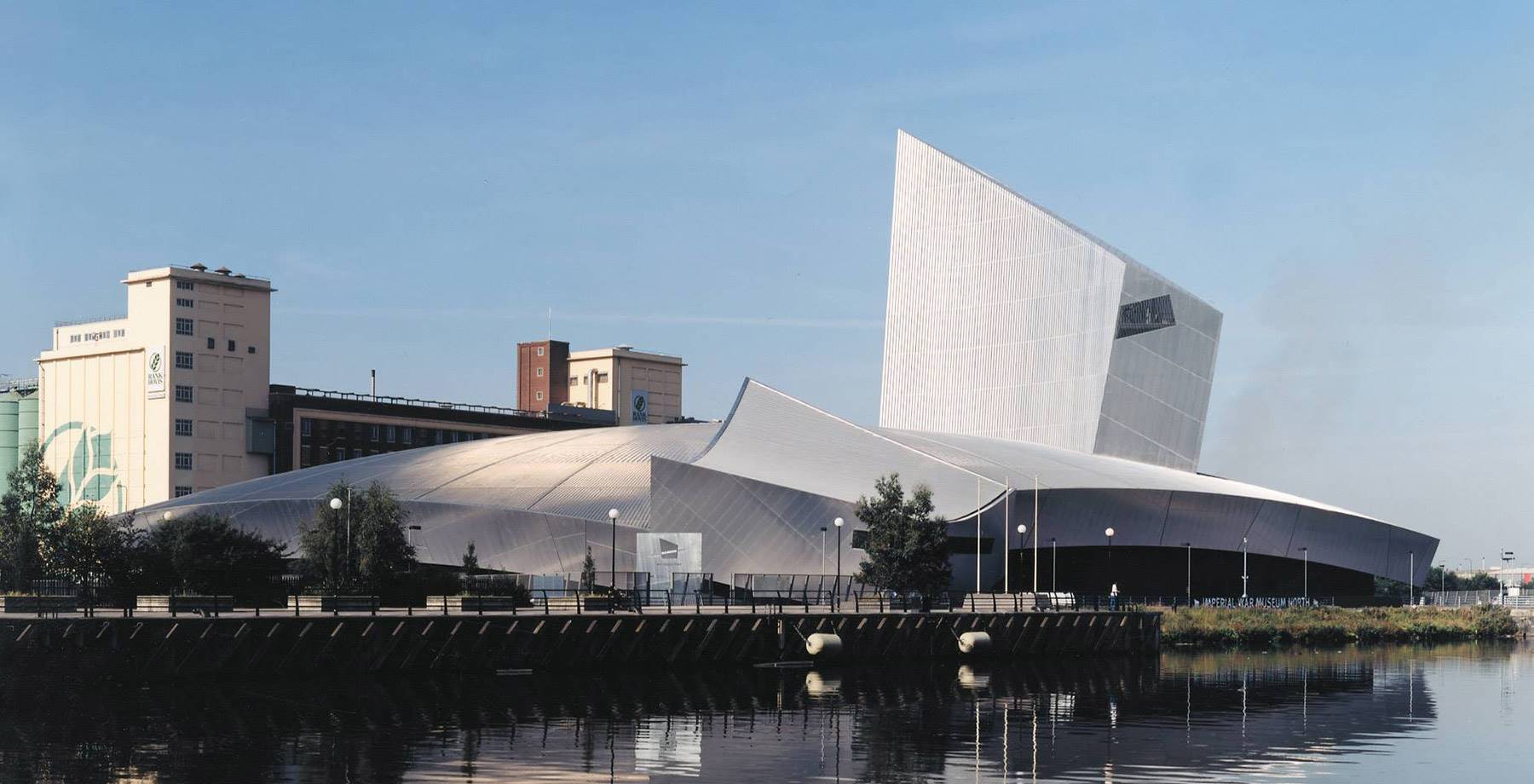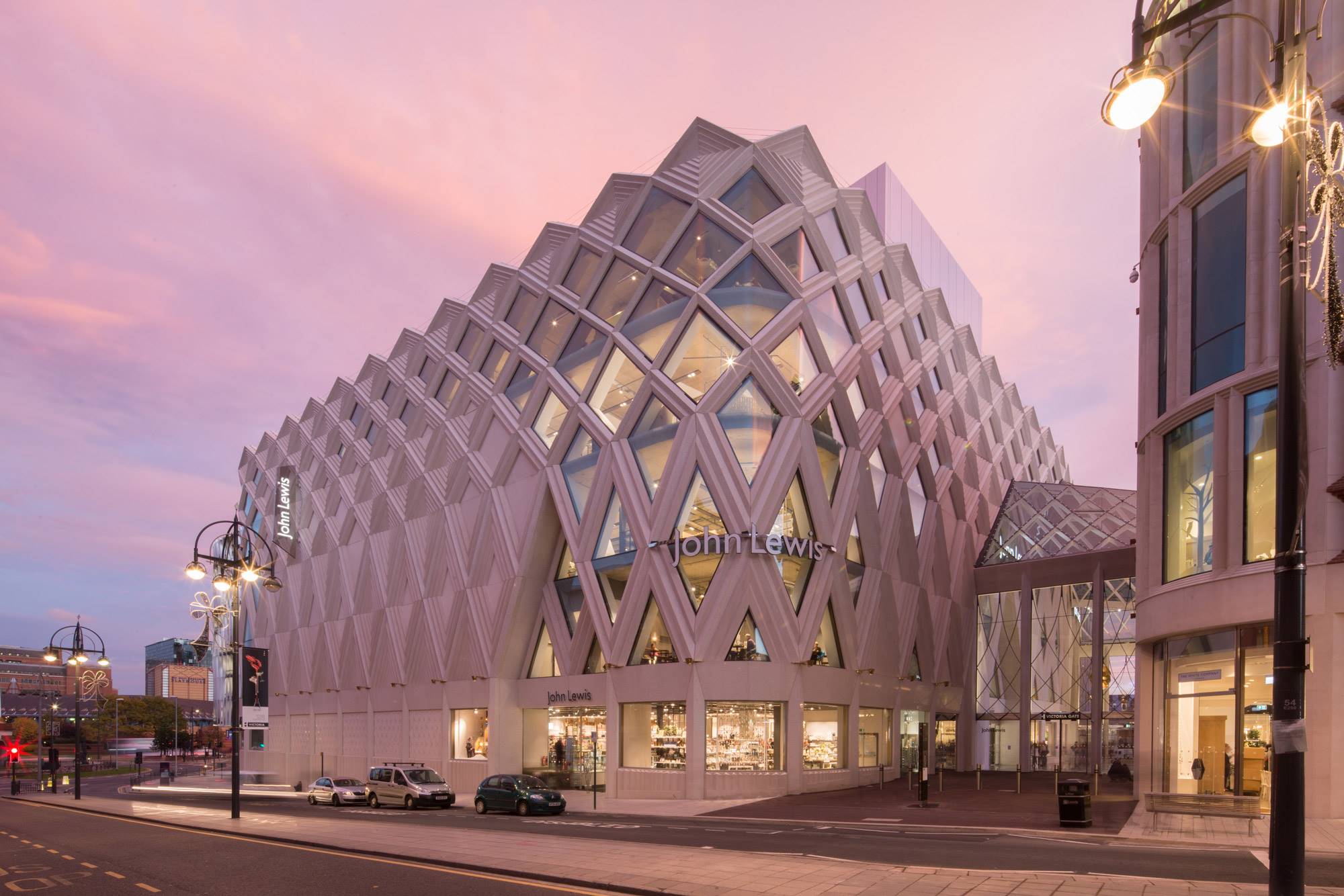Opencast Coal Production, 1943–1956
The additional tonnage the opencast method of mining produced was vital to a post‑war economy faced with the added burden of an international coal shortage. In total, the company was responsible for the production of 15 million tonnes of opencast coal from sites around the UK.
The massive excavators which were needed to produce the quantities of coal required were imported from America. One of the excavators is pictured, working at the Jubilee site in Leicestershire.





